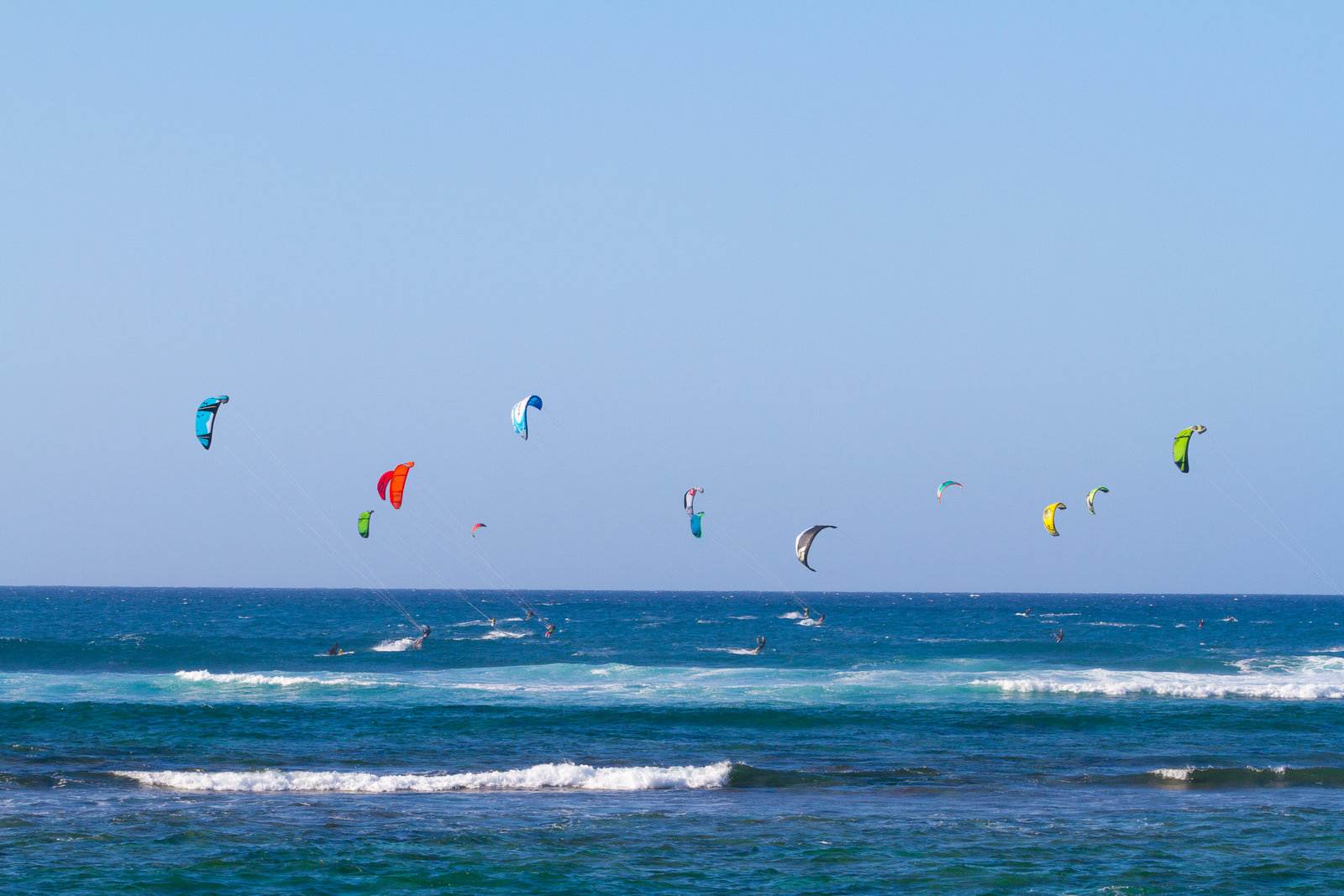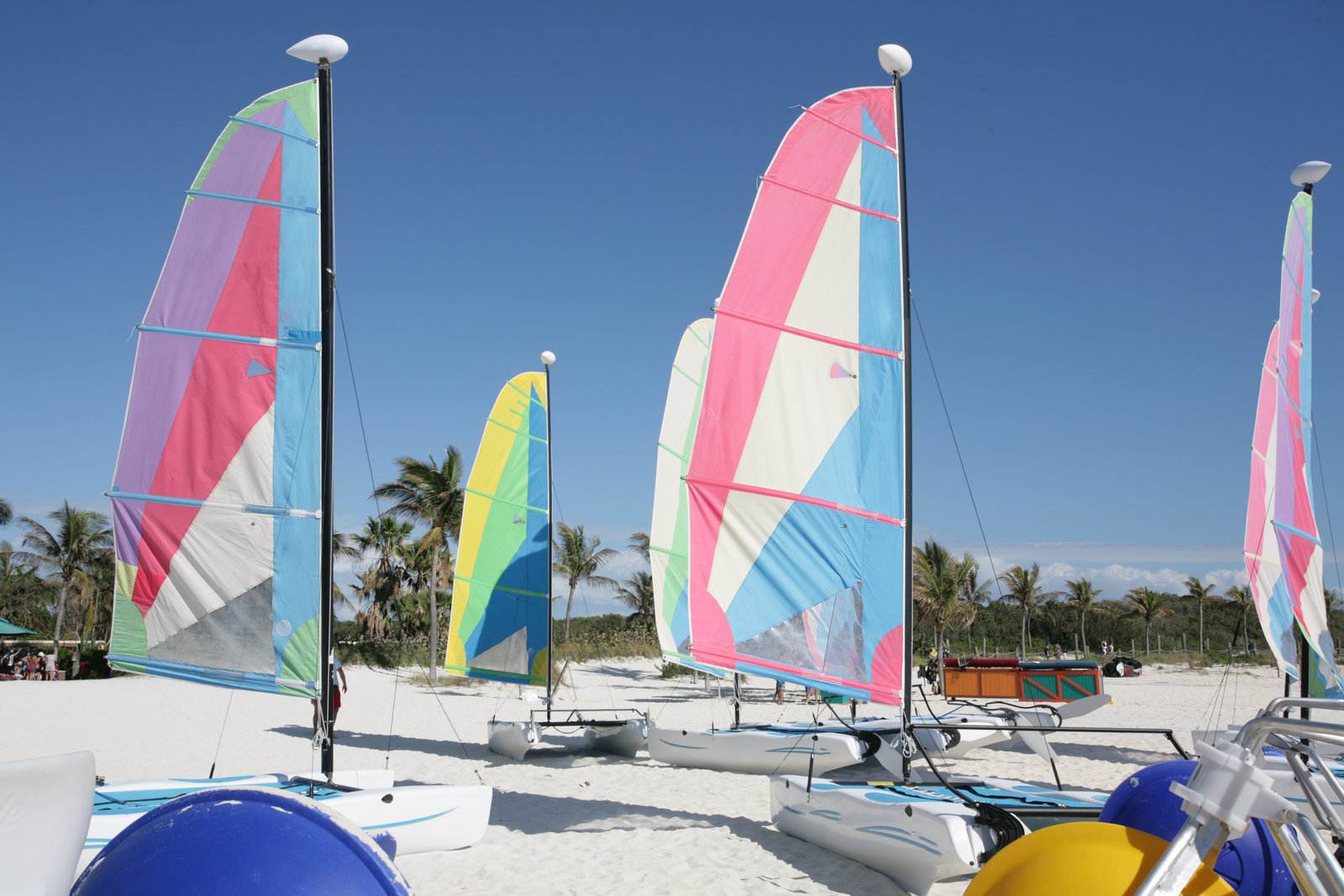Discover the residential Sunset Beach
Exclusive apartments on the beachfront in Santa Pola, Alicante
✅ Mediterranean climate: Santa Pola enjoys a mild and pleasant Mediterranean climate during most of the year. Winters are mild and summers are warm, allowing outdoor living to be enjoyed almost all year round. The sunny and temperate climate is one of the main attractions for foreigners looking to escape from colder climates.
✅ Seafront living: Santa Pola has beautiful beaches and a picturesque harbor. The town offers direct access to the Mediterranean Sea and a wide range of water activities such as swimming, sailing, diving and fishing. Living in Santa Pola will allow you to enjoy a relaxed lifestyle, connected with nature and all the surroundings of the Costa Blanca.
✅ Gastronomic variety: The Alicante region is known for its delicious Mediterranean gastronomy. Santa Pola offers a wide variety of restaurants and bars where you can taste fresh seafood and fish, traditional rice dishes and other typical dishes of the area. Lovers of good food will find in Santa Pola an excellent selection of culinary options.
✅ Natural environment: Santa Pola is surrounded by an impressive natural environment. Next to the town is the Natural Park of the Salinas de Santa Pola, a protected migratory bird habitat. In addition, there are several nature reserves and mountains nearby that offer spectacular scenery for nature lovers and hikers.
✅ Infrastructure and services: Santa Pola has an excellent infrastructure and services that guarantee a high quality of life. There is a wide range of medical, educational and commercial services available in the town. In addition, the international airport of El Altet is a 10-minute drive away, which facilitates national and international destinations.
✅ Cultural life and events: Santa Pola is a vibrant and lively town that offers a rich cultural life. Throughout the year, numerous festivals, events and cultural activities are held that involve the local community and attract visitors from all over the world. These celebrations include traditional festivals, music festivals, art exhibitions and much more.
Download Apartments Dossier
We send you the dossier with all the details of the houses to your email. Download the plans, qualities, drone video of the area and the updated price list.
The development consists of three blocks with a total of 95 homes. Block 1 and block 3 with 35 homes, block 2 has a total of 25 homes.
From the 1st to 4th floors there are 2 and 3 bedroom flats. The penthouses on the 5th floor have a private solarium with independent internal access to the roof terrace and are also available with 2 and 3 bedrooms.
This impressive development has a swimming pool with waterbeds, green areas and a bicycle parking area and a playground for children.
Look what’s waiting for you in Santa Pola
Santa Pola in Alicante offers a perfect combination of pleasant climate, coastal location, good food, natural environment, infrastructure and quality services to enjoy life.
Much more than just a vacation home
A wonderful place to enjoy surrounded by everything you care about in life, the sea, water sports, nature, gastronomy, culture, family and much more.









